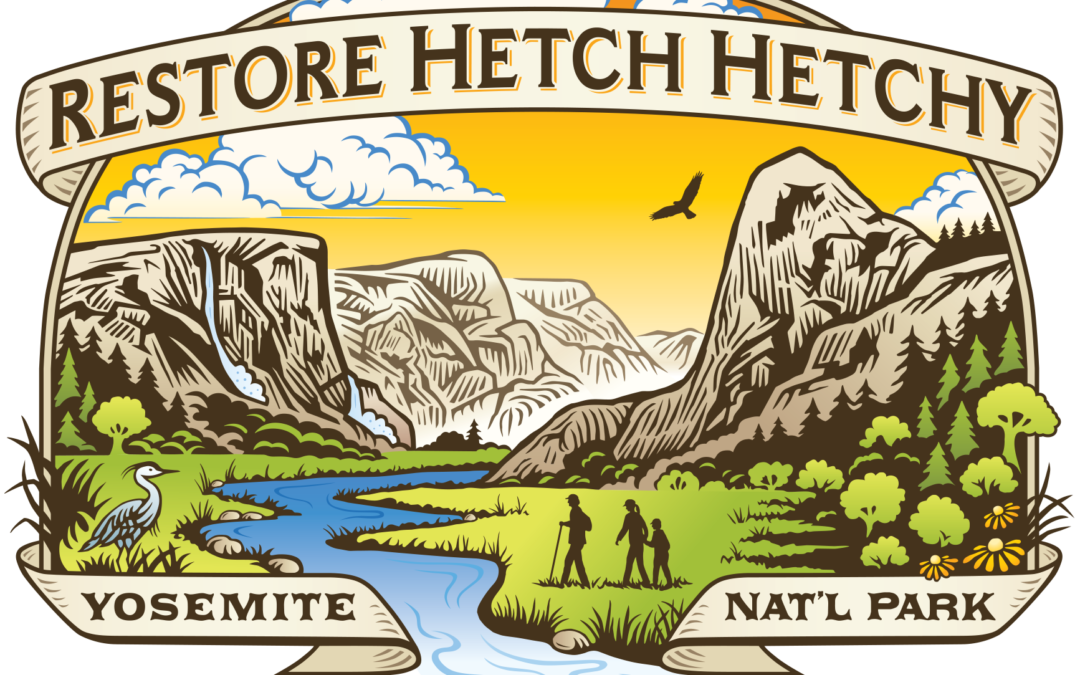
by Spreck | Sep 21, 2024 | Uncategorized
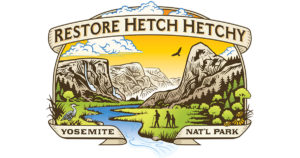
Friends:
We are repeating our request from September 1 to tell the National Park Service to consider Hetch Hetchy carefully as it considers a reservation system for the entire park. It is essential that a reservation system consider that Hetch Hetchy has its own entrance and that its peak use periods differ from those of the rest of the park. A one size fits all solution would shortchange park visitors. Our September 1 blog is posted as is Restore Hetch Hetchy’s own letter.
Most simply, you can weigh in online. Below, in boldface type, we are providing sample text that you can copy into the National Park Service form (as always feel free to say it however you like, but please weigh in if you have not already done so).
- The preferred “Alternative B” would affect access to Hetch Hetchy at times when overcrowding is of little or no concern. The National Park Service should require reservations throughout the park (including Hetch Hetchy) on weekends in late spring, but eliminate restrictions at Hetch Hetchy during the summer season.
- The NPS should provide public transportation to Hetch Hetchy. It is the only entrance to Yosemite without public transportation.
- The NPS should allow all visitors to camp at the Hetch Hetchy Campground. Furthermore, the campground and its restroom should be upgraded to the standards found elsewhere in the park.
- The National Park Service should change its policy to allow boating and fishing at Hetch Hetchy.
Please copy and submit here.
Comments are due September 30 – why not do it now? Thanks for you help!
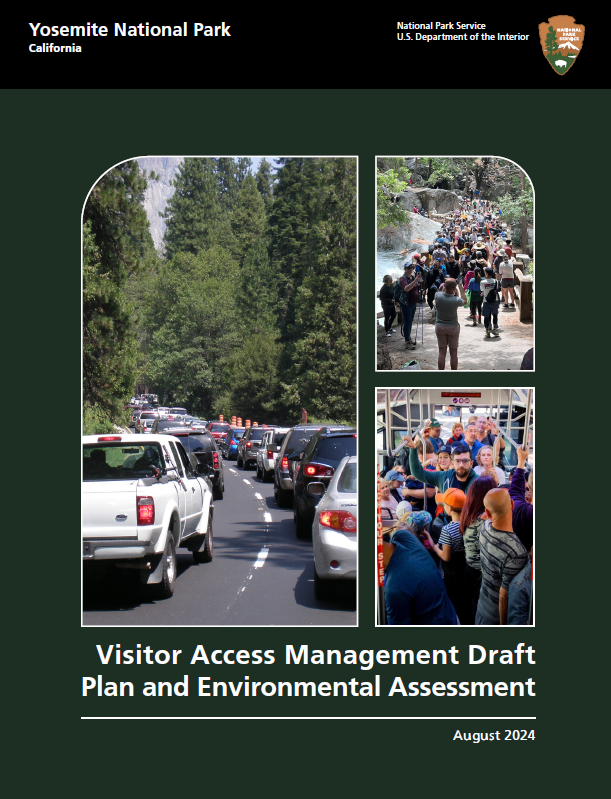
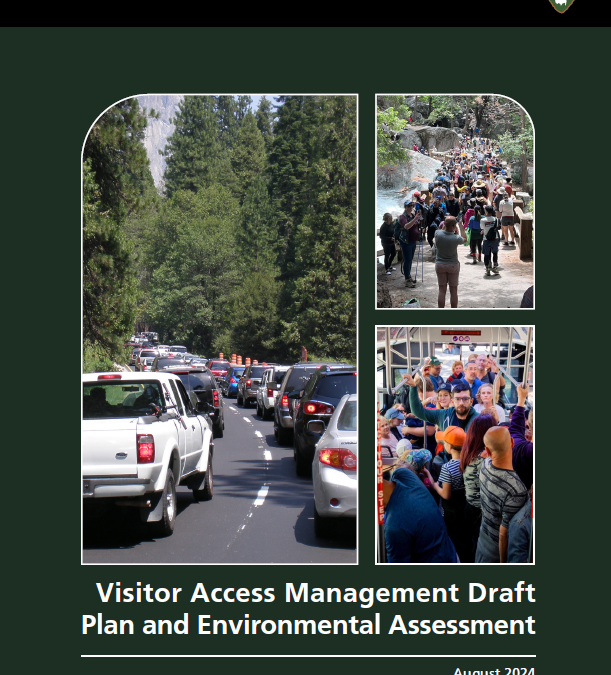
by Spreck | Sep 1, 2024 | Uncategorized
The National Park Service has proposed an ongoing reservation system for Yosemite as described in its Visitor Access Management Draft Plan and EA (hereinafter, VAMP). The VAMP’s “preferred alternative” would establish criteria for an ongoing reservation system that would further disadvantage access to Hetch Hetchy.
Restore Hetch Hetchy is asking supporters to weigh in before the September 30 deadline. The Park Service encourages feedback online here, but also allows printed responses using the form posted here.
The VAMP proposal itself is posted on our website. It’s lengthy but fairly quick and easy to read.

The NPS would limit access to Hetch Hetchy in summer even when visitor demand is modest. The plan makes no sense.
Alternative B, identified as “preferred” by the National Park Service, would require reservations at Hetch Hetchy on the same days as reservations are required throughout the rest of Yosemite (See page 2-15, under “ACTIONS COMMON TO ALTERNATIVE B AND ALTERNATIVE C”). This proposal is nonsensical for a number of reasons including:
- The access road to Hetch Hetchy is entirely separate from the access roads to other areas of Yosemite National Park;
- Unlike the rest of Yosemite National Park, there is no public transportation to Hetch Hetchy; and
- Most importantly, the peak use season at Hetch Hetchy is not the same as the peak use season for other areas in Yosemite National Park.
Restore Hetch Hetchy asks supporters to explain to the National Park Service that Alternative B, as currently configured, is not acceptable and that any system for requiring reservations at Hetch Hetchy should reflect its peak use season and not that of other areas of Yosemite.
We do understand that Hetch Hetchy’s limited capacity has been oversubscribed during weekends in late spring, and that requiring reservations during this time may be the only viable short term solution. (Every parking space was taken on 15 days in the spring of 2024.)
The popularity of Hetch Hetchy in late spring is primarily due to the wonderful moderate hike along the reservoir’s north shore to the incomparable Wapama Falls. As snowmelt subsides with the onset of summer, however, this hike is less popular. Until the National Park Service allows additional activities at Hetch Hetchy, or better yet when the reservoir is relocated and the valley restored, the popularity of Hetch Hetchy is unlikely to warrant requiring reservations during hot summer months.
The rest of Yosemite National Park, on the other hand, is popular throughout the summer. Visitors flock from around the world to Yosemite Valley, as well as Tuolumne Meadows, the Mariposa Grove, Glacier Point, and other parts of the national park where fishing, swimming, boating and camping are allowed and hiking trails are plentiful. Restore Hetch Hetchy takes no position on how a reservation system ought to be managed in these areas but contends it ought to be distinct from how the Hetch Hetchy area is managed.
Restore Hetch Hetchy continues to work with the National Park Service to improve access and visitor opportunities at Hetch Hetchy in several ways, including:
- Providing public transportation to Hetch Hetchy;
- Improving the campground at Hetch Hetchy and allowing all visitors to stay overnight;
- Allowing access along the Hetch Hetchy road 24 hours a day as it is in other areas of Yosemite National Park;
- Allowing public use of the cabins presently reserved for San Francisco’s elites now being used for purposes not authorized by the Raker Act; and
- Allowing fishing in and non-motorized boating on Hetch Hetchy Reservoir (we reject the NPS’ recently modified spurious legal rationale to restrict these activities as stated in the Superintendent’s Compendium).
Please tell the National Park Service what you think by September 30. Restore Hetch Hetchy suggests:
- Any required reservations at Hetch Hetchy should be limited to weekends during spring snowmelt.
- Additional recreation opportunities should be provided at Hetch Hetchy; and
- Feel free to comment on any other aspect on the VAMP.
Thank you for your help.

by Spreck | Aug 10, 2024 | Uncategorized
We’re excited to be reuniting with Pulitzer Prize winner Tom Philp when he joins us at our Annual Dinner on October 26 in Lafayette.
On April 21, 2001 (John Muir’s birthday), before authoring the editorial series that earned him the Pulitzer, Philp wrote “Bring Back Hetch Hetchy?” for the Sacramento Bee Forum. The Forum article introduced a newly-formed Restore Hetch Hetchy and our campaign for restoration to the larger public, stressing both our technical competence and our passion for and commitment to changing history as embodied within our visionary founder Ron Good.
Ron Good has moved on, but that passion and commitment has only grown within the board, staff and supporters of Restore Hetch Hetchy.

Meet Tom on October 26 in Lafayette.
The prescient Forum article is worth rereading. Yosemite is more crowded than ever. Dams are coming out. Water agencies are reforming. Some industry leaders from 2001 are open-minded about Hetch Hetchy (e.g. Lester Snow and BAWSCA‘s Art Jensen). Still, leadership in San Francisco and/or Washington D.C. is needed.
Philp moved on after winning the Pulitzer, then returned to the Bee in 2023. (Ironically, or perhaps not, Philp worked as an Executive Strategist for the Metropolitan Water District of Southern California for 16 years – impressively demonstrating that reliable water and environmental restoration are wholly compatible.)
We expect Tom to stay on message (it’s the politics, not the plumbing!). But he’s been watching statewide water trends and well understands San Francisco’s changing needs. We can expect Philp to provide us with some compelling approaches to slicing the Gordian (political) Knot from his unique perspective.
Please join us at our Annual Dinner featuring Pulitzer Prize Winner Tom Philp on October 25 in Lafayette. See details here.
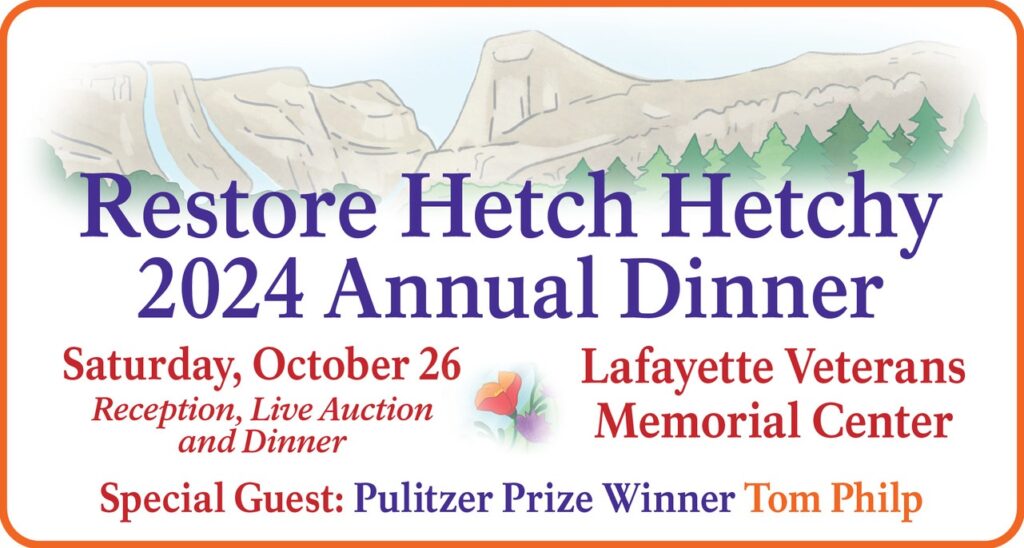

by Spreck | Jul 28, 2024 | Uncategorized
The newly released “Superintendent’s Compendium” for Yosemite National Park still prohibits boating and fishing at Hetch Hetchy Reservoir. But the reasoning for the prohibition has fundamentally changed. The National Park Service now seems to be conceding that it could allow boating if it were to choose to do so.
(This conclusion is based on Restore Hetch Hetchy’s interpretation of the 2024 Superintendent’s Compendium. It is not based on any direct statement by the National Park Service.)
This concession is progress, but, at the same time, obviously frustrating that these activities are not allowed.
We will persevere as we believe an improved visitor experience is key to getting people excited about Hetch Hetchy and building support for restoration as well as providing visitor benefits in the short term. Boating will not only be recreation for its own sake and sightseeing, but will also provide hikers access to Rancheria Falls, climbers access to Hetch Hetchy Dome and fishermen access to streams that feed Hetch Hetchy. (We do not believe many boaters would then decide they prefer the reservoir to a restored valley.)
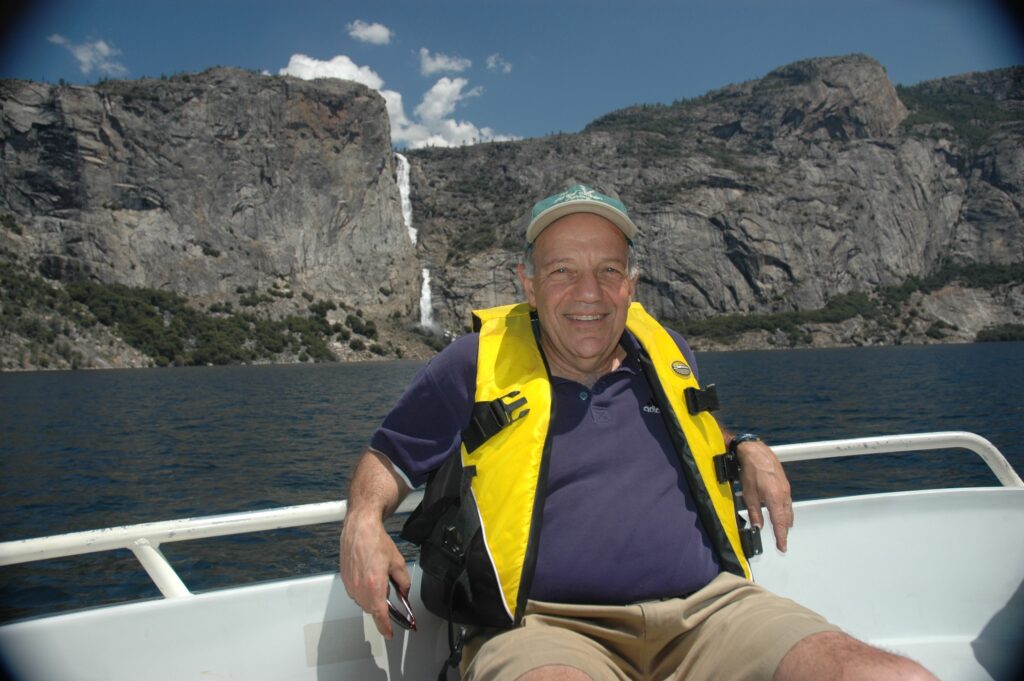
The San Francisco Public Utilities Commission (and occasionally the Nation Park Service) operates a motorized boat on Hetch Hetchy, normally for “official” purposes. Above, Tom Graff, former Regional Director of the Environmental Defense Fund, gets a ride courtesy of the SFPUC.
Compare the operative language in the 2023 and 2024 Compendia with regard to boating (similar language is used to prohibit access below the high water line which effectively prohibits fishing).
- 2023 Yosemite Superintendent’s Compendium: Hetch Hetchy Reservoir is closed to all vessels. Lake Eleanor is closed to all motorized vessels. These restrictions are in direct support of the Raker Act, Water Quality Provisions, and the Filtration Avoidance Regulation, and it is necessary to maintain the high quality of water found in the Hetchy and Lake Eleanor Reservoirs as a clean municipal drinking water source free from microbial pathogens and other contaminants.
- 2024 Yosemite Superintendent’s Compendium: Hetch Hetchy Reservoir is closed to all vessels. Lake Eleanor is closed to all motorized vessels. These restrictions are necessary to maintain the high quality of water found in the Hetch Hetchy and Lake Eleanor Reservoirs in accordance with the NPS Organic Act and to protect water quality of the downstream segments of the Tuolumne Wild and Scenic River in accordance with the Wild and Scenic Rivers Act.
The 2023 Compendium implies that boating and fishing would violate the Raker Act. After Restore Hetch Hetchy and others explained that the language was not only not supported by but in fact directly violated the Raker Act, the National Park Service made a change.
The 2024 Compendium cites the NPS Organic Act and the Wild and Scenic Rivers Act as legal authorities to continue these prohibitions. The Organic Act, passed in 1916 partly in response to outcry over the Raker Act, created the National Park Service and provides little in the way of specific language that would allow it to preclude boating at Hetch Hetchy while allowing it at lakes throughout Yosemite. We have asked the NPS for more information about how the prohibition derives from the Organic Act.
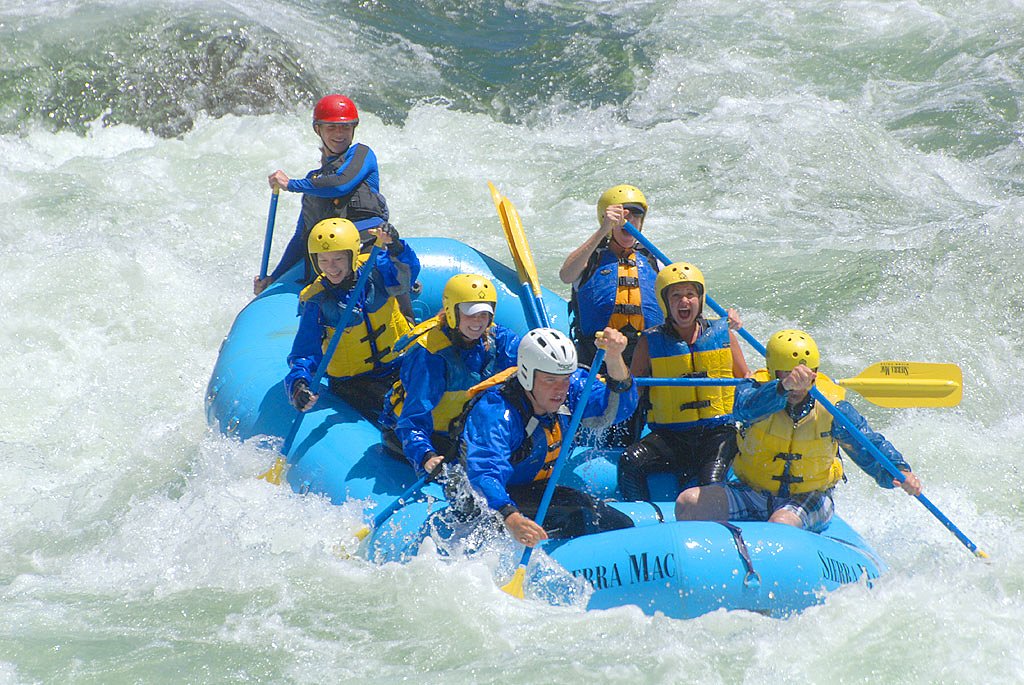
Rafting the Wild and Scenic Tuolumne River is a wonderfully wet and wild experience. Photo: Sierra Mac River Trips
The link to the Wild and Scenic Rivers Act seems specious at best. The Tuolumne River, upstream and downstream of Hetch Hetchy, is protected by the Act but the reservoir is not. Moreover, below Hetch Hetchy, the Tuolumne River includes two famous whitewater stretches where there is substantial human contact with water – far greater than would occur at Hetch Hetchy Reservoir.
As explained above, we hope soon to get additional clarification on this decision and its rationale from the National Park Service. We will make every effort to ensure park visitors are provide improved access and recreational benefits at Hetch Hetchy.
P.S. Don’t forget our Annual Dinner featuring Pulitzer Prize Winner Tom Philp on October 25 in Lafayette. See details here.

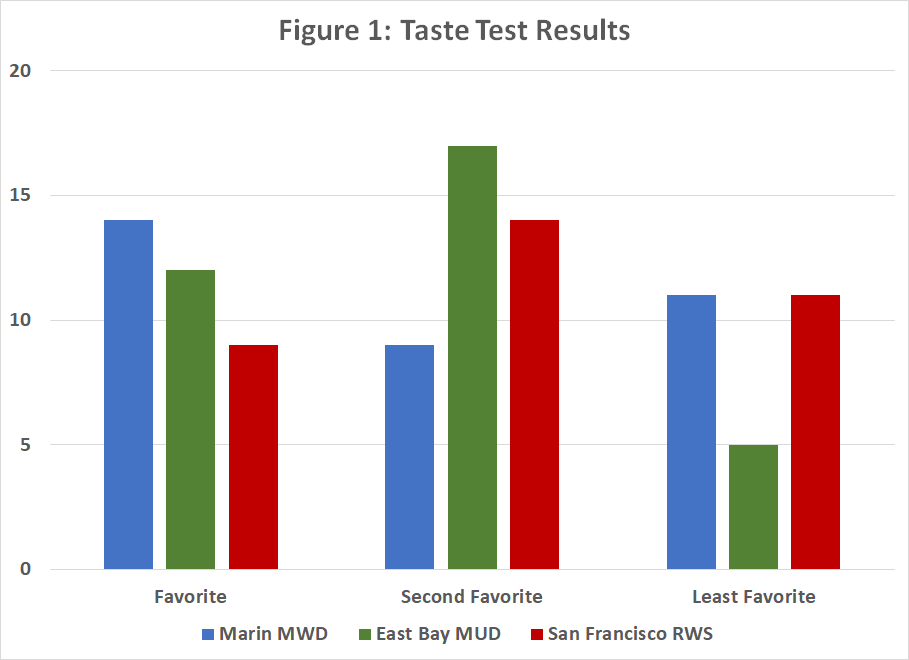
by Spreck | Jul 26, 2024 | Uncategorized
Is the quality of San Francisco’s water as good as some claim?
The simple answer is no. Some people cannot distinguish it from other Bay Area supplies, and many who do prefer those other sources.
Ever since damming Hetch Hetchy Valley in Yosemite National Park, San Francisco leaders have been boasting about the quality of their water supply. Restaurants often tout their “Hetch Hetchy” water, conflating one of many storage reservoirs with the source of the water (the Tuolumne River). Some claim that it is the best around or even the best anywhere, and that the quality is essential for making bagels and brewing beer.
Such hyperbolic adulation seems unwarranted.
Debunking San Francisco’s outlandish claims about water quality is important. When the valley is restored, we don’t think consumers will be able to tell the difference if the bulk of their water is diverted from other locations in the Tuolumne River watershed. Further, we believe the overstated water quality claims are a factor in current prohibitions against boating and fishing in the current reservoir.
In early July, we asked 34 people to take part in a “double-blind” taste test to determine how water provided by the San Francisco Public Utilities Commission compares to that provided by the East Bay Municipal Utilities District and the Marin Municipal Water District.
The results were reasonably close, but Marin was the favorite, followed by East Bay MUD with San Francisco receiving the fewest first place votes. See Figure 1.

The taste test was designed by graduate students at Colorado University, who collected survey data in Oakland in June and who will complete a full report that we will then release in the fall. Data for Figure 1 was collected by Restore Hetch Hetchy in July at locations in Marin, Alameda and San Mateo Counties. (A “double-blind” test is one in which neither the subject nor the person administering the experiment knows which sample is which.)
At Restore Hetch Hetchy, we have always been a little skeptical about the quality of San Francisco’s water, so we asked Colorado University for help and also collected some data on our own. The people surveyed were not experts. We wanted to know what regular people think.
How are these water sources different?
Perhaps the most obvious quantitative difference between these supplies is the “hardness” of the water, i.e. the concentration of minerals, principally calcium and magnesium, measured in milligrams per liter.
San Francisco’s water is particularly soft, i.e. it has little mineral content. Some may prefer soft water, while many complain it has little taste. Note that communities which desalinate water typically add small amounts of calcium and magnesium before distributing supplies to customers.
On the other hand, people tend not to like water with a high mineral content – like most water in southern California.
Water supplies provided by East Bay Municipal Utilities District and the Marin Municipal Water District have relatively low mineral content, but higher than San Francisco. See Figure 2 for a comparison of the mineral content of selected urban water supplies in California.
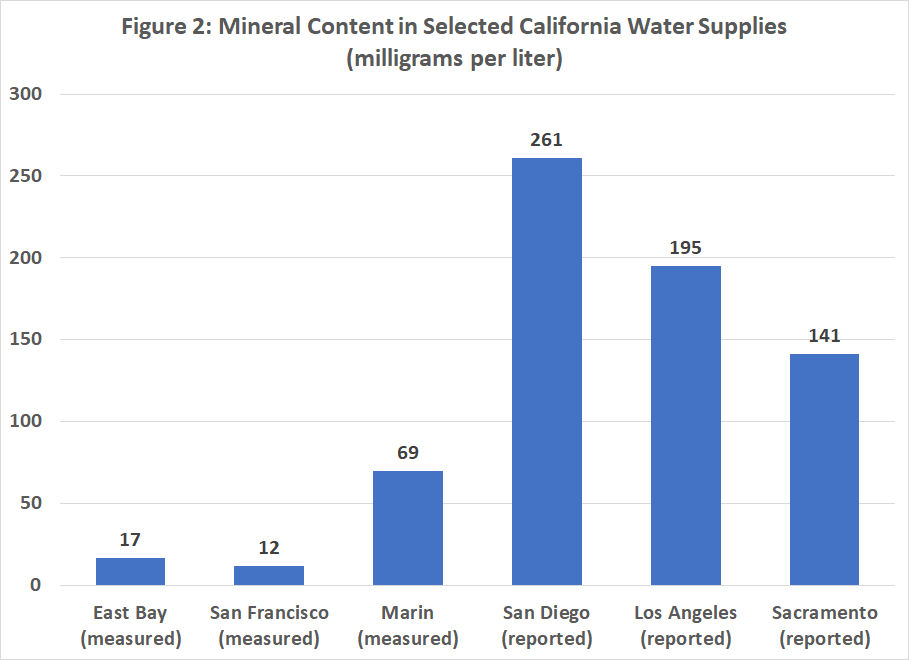
It is also important to point out that most water utilities deliver a blend of supplies. The precise blend a utility delivers at any given time depends on a number of factors, including time of year, drought year vs. normal year, and maintenance schedules.
The samples for the taste test described above were collected from homes in Marin, Alameda and San Mateo (90% SF water) Counties – all with modern piping systems and after running water for five minutes. Below is more information about the sources of the various water supplies in the taste test:
- San Francisco – 85% of San Francisco’s water comes from the Tuolumne River in the Sierra Nevada. Most of this water is delivered (treated with chlorine etc. but unfiltered) directly to customers, but some is stored in Bay Area reservoirs. Water stored in Bay Area reservoirs is both filtered and treated before being delivered. San Francisco has also added small amounts of groundwater to make its supplies stretch further. (In recent years, San Francisco has shut down all imports from the Tuolumne (and Hetch Hetchy) for two months in the winter so it can do critically important maintenance on its Mountain Tunnel. Consumers rarely notice that they are relying entirely on water from local watersheds during these periods and not receiving any “Hetch Hetchy” water.)
- San Francisco’s customers – San Franciscans consume only about 1/3 of total supply provided by its Public Utilities Commission. The other 2/3 of the water is sold to other Bay Area communities, collectively members of the Bay Area Water Supply and Conservation Agency. Menlo Park and Hillsborough, for example, have no source other than that purchased from San Francisco. Half of the water in Half Moon Bay is purchased from San Francisco; the rest is derived from local runoff. Fremont and other cities served by the Alameda County Water Agency rely on San Francisco for only about 30% of their supply, relying on State Water Project and local resources for the rest.
- East Bay Municipal Utilities District – East Bay cities including Berkley and Oakland rely on water imported from the Mokelumne River in the Sierra Nevada (near the Tuolumne River) for most of their supply. EBMUD also harvests runoff in local watersheds and, during dry years, brings in water from its Freeport project on the Sacramento River.
- The Marin Municipal Water District gets no water from the Sierra, relying on rain to fill its reservoirs within the county, supplies purchased from the Sonoma County Water Agency, as well as local groundwater.
Water quality is a complex issue. Safety is paramount and fortunately something urban consumers in California rarely need to worry about. (It’s a different story in many small towns.)
Taste, on the other hand, is, well, a matter of taste. And many people simply do not prefer San Francisco’s “Hetch Hetchy” water.
P.S. Don’t forget our Annual Dinner featuring Pulitzer Prize Winner Tom Philp on October 25 in Lafayette. See details here.












